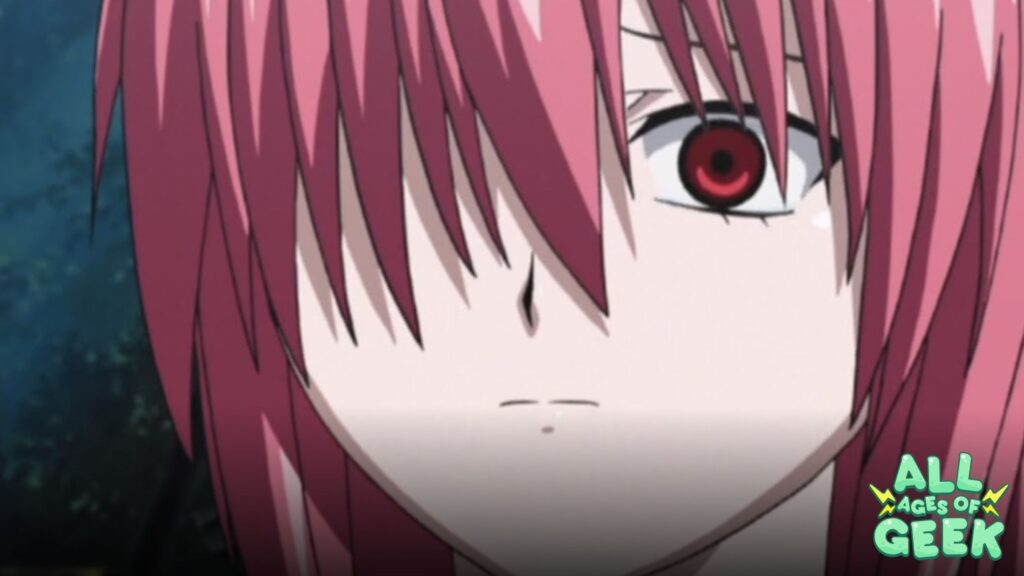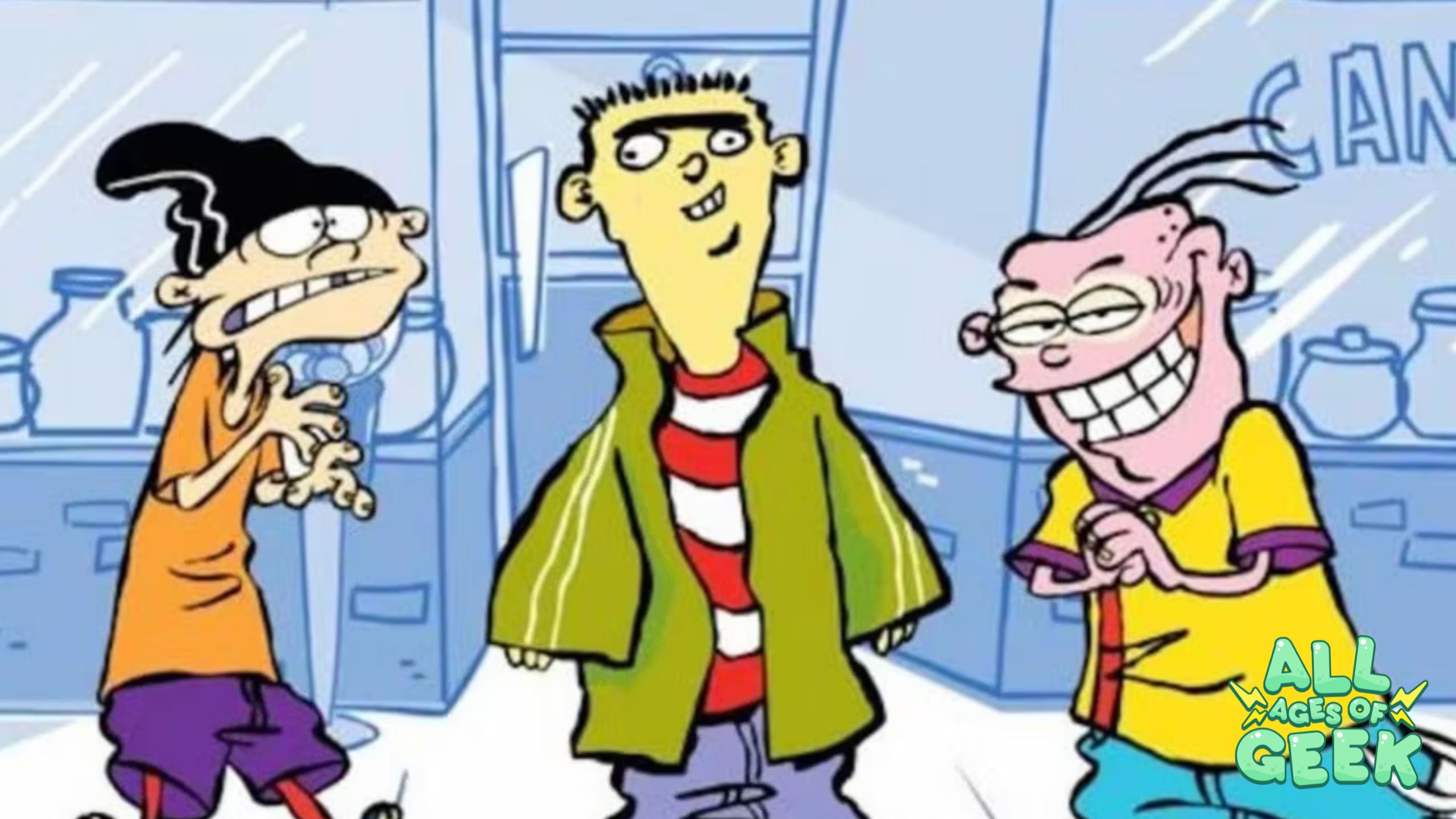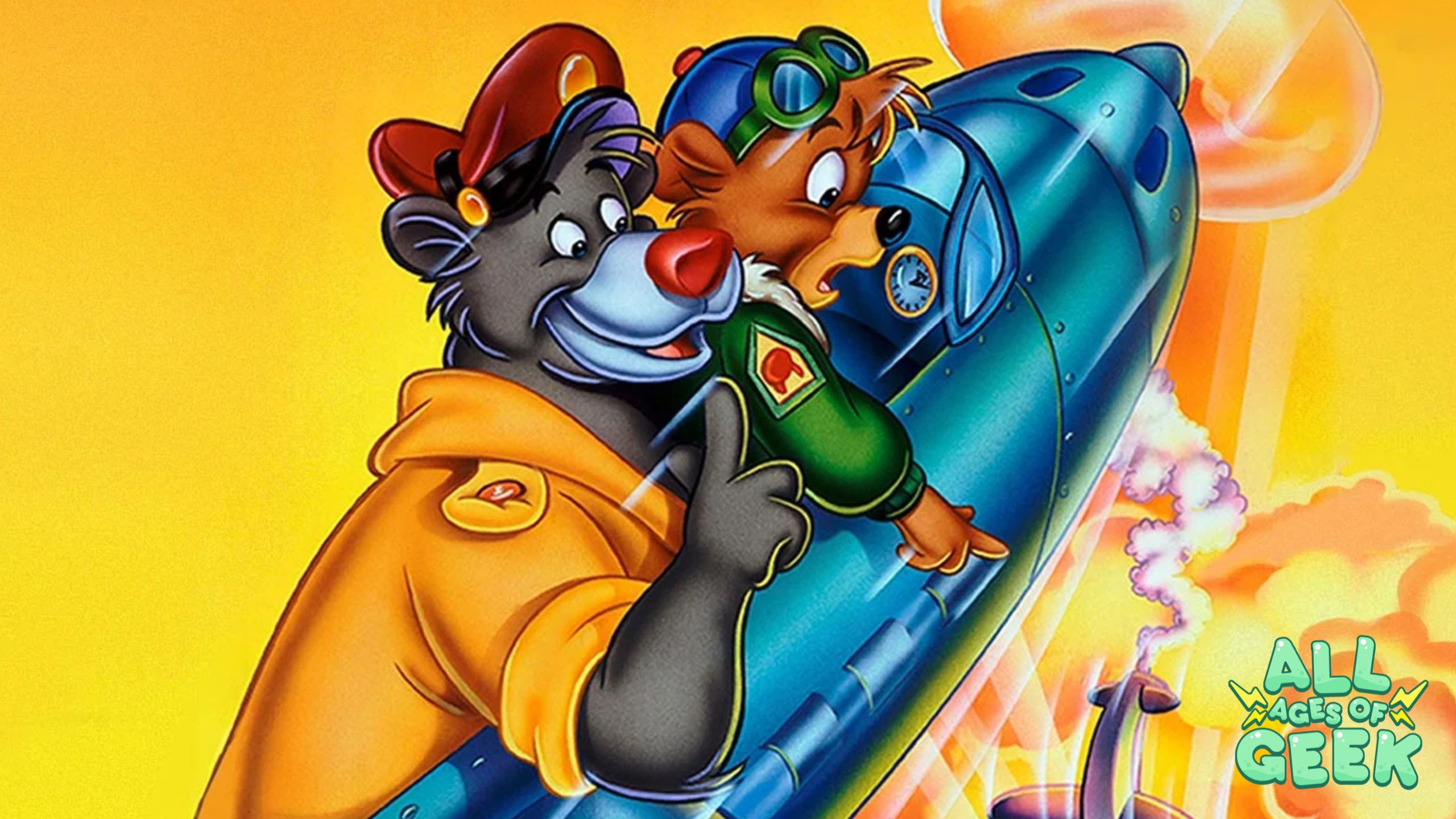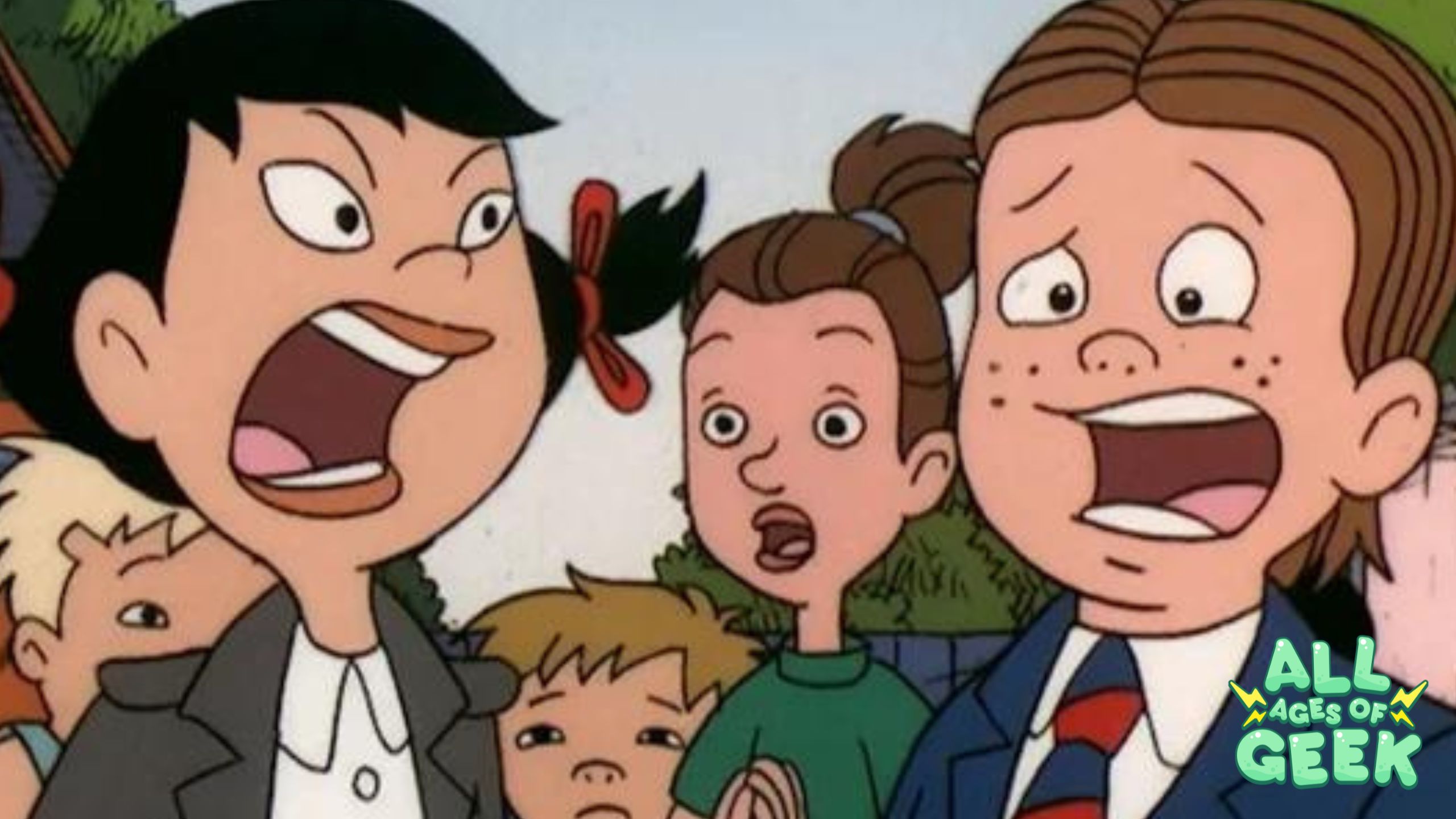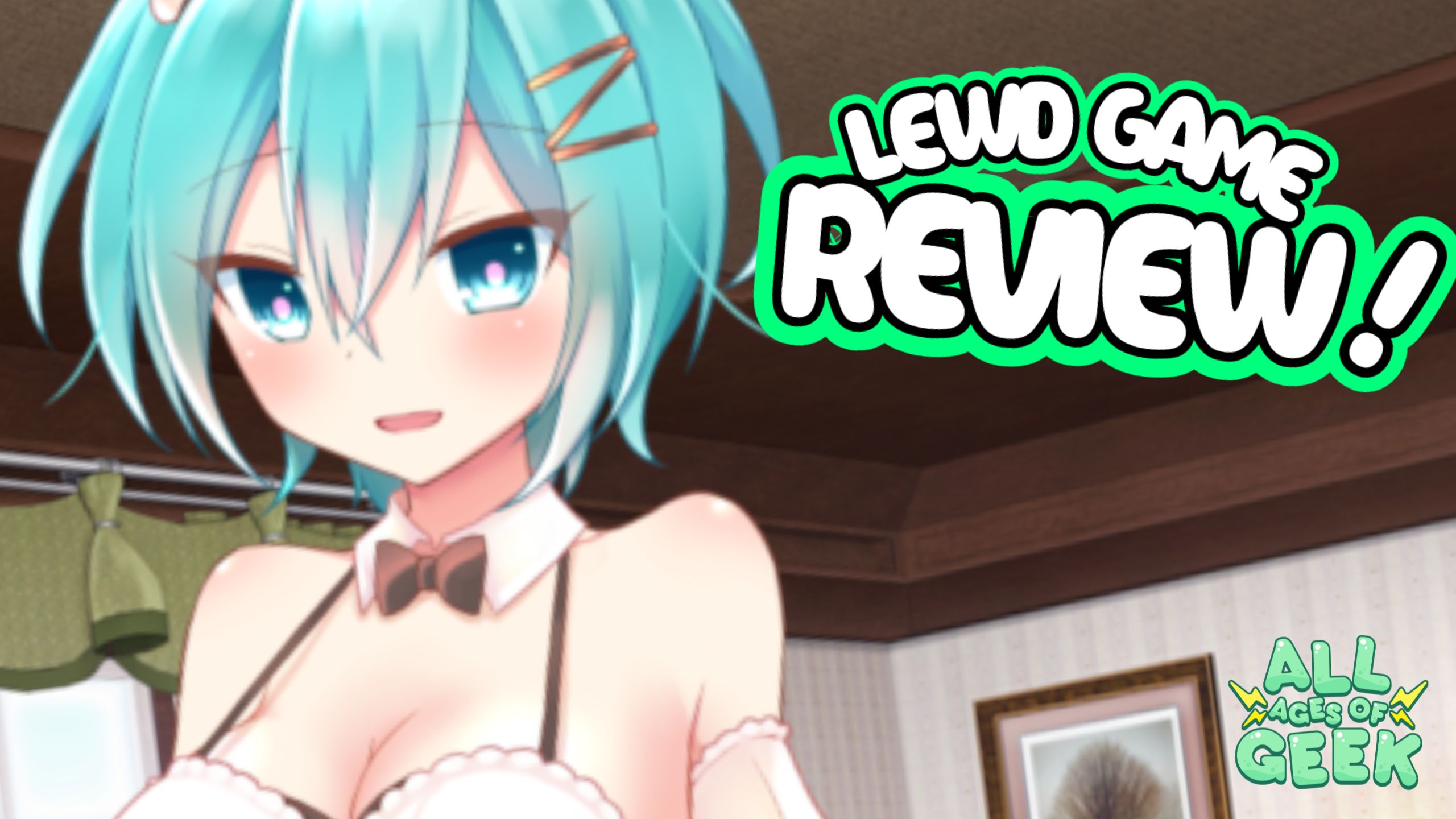Elfen Lied (2004) is the gruesome sci-fi anime release from Arms/Studio Guts, directed by Mamoru Kanbe. The 13 episode run follows Kouta and his cousin Yuka as they attempt to harbor Lucy, a newly evolved off-shoot of humanity known as “Diclonius,” and fugitive of some obscure Japanese government program.
My first time seeing this show was when I was in the 5th or 6th grade, at midnight on the South African Animax channel. The opening scene featured Lucy escaping a testing facility and viciously decapitating heads, and severing limbs. It was the bloodiest opening to any show my developing young mind had seen at the time, and I certainly had no idea “cartoons” could be violent like Elfen Lied. It didn’t make me uncomfortable, but I do remember thinking, “Yeah, Imma head to bed.”
Watching the show now, the gore seems ineffective. There are so many bodies being either mangled or imploded — all the violence just blends together like one of those try-hard vintage red Instagram filters. Hey, here’s a god-awful sentence: none of the excessive blood progresses or serves the story in any way. The story itself is convoluted, hinging on coincidences and a real belief that the audience is just going to be on board with any explanation the show throws their way to justify the scattered events. After Lucy escapes the facility, she loses her memory and assumes a second personality called Nyuu.
Nyuu struggles with basic motor function; she’s only capable of repeating her name and bursting into tears. The dynamic between Nyuu, Kouta, and his cousin Yuka is strange — and exceedingly more unsettling than the vapid red splatter-fest. Nyuu clearly exhibits the behavior and communication-level of a child, yet the character is sexualized and placed in compromising positions with Kouta. These moments are played for comedy, which is, yikes, but they also create jealousy within Yuka — who wants romantic attention from Kouta, and again, she’s his cousin… so? Yeah, that’s a mess. Kouta and Yuka fall a little to the wayside towards the end of the series. When Lucy regains her dominant personality and memories, she’s a cold, ruthless killer.
The Diclonius fall into the “ultimate life-form” trope, and their propagation “will mean the end of mankind,” though we aren’t explicitly told why or how? The species passes a “genetic infection” to humans, but that is also never fully fleshed out. The Diclonius sport horns atop their heads and their foremost superpower or ability demonstrated are their vectors, which are invisible arms — the ones responsible for the aforementioned gore. The vectors are the only unique aspect of the show and could have had the potential for spectacular vector battles between Diclonius. However, we only really get two fights, and the first of those plays more like Diclonius bullying than anything else. The final conflict introduces an entirely new Diclonius called Mariko — and without any substantial set up, it’s difficult to buy into the stakes of the fight.
Thinking about this anime in the context of the early 2000s, I’d imagine it seated comfortably at the table of edgy media. The show was bloodier than many of its contemporaries and, a chunk of Lucy’s backstory or super-villain origin follows a pattern of people brutally traumatizing her and then proceeding to have their spleens ripped through their sarcophagi. Fair warning: the trauma is heavy-handed, and there’s a moment with an adorable doggo I’d just skip right over. Lucy’s origin provides a dark power-fantasy, in which a bullied outsider gets revenge on society.
The commentary on alienation is light, and several pieces of other media manage to get the point across with less spilled innards. That being said, it’s easy to see why younger viewers of the 2000s would gravitate towards this anime, along with whichever post-hardcore band was poppin’ at Warped Tour that year.


